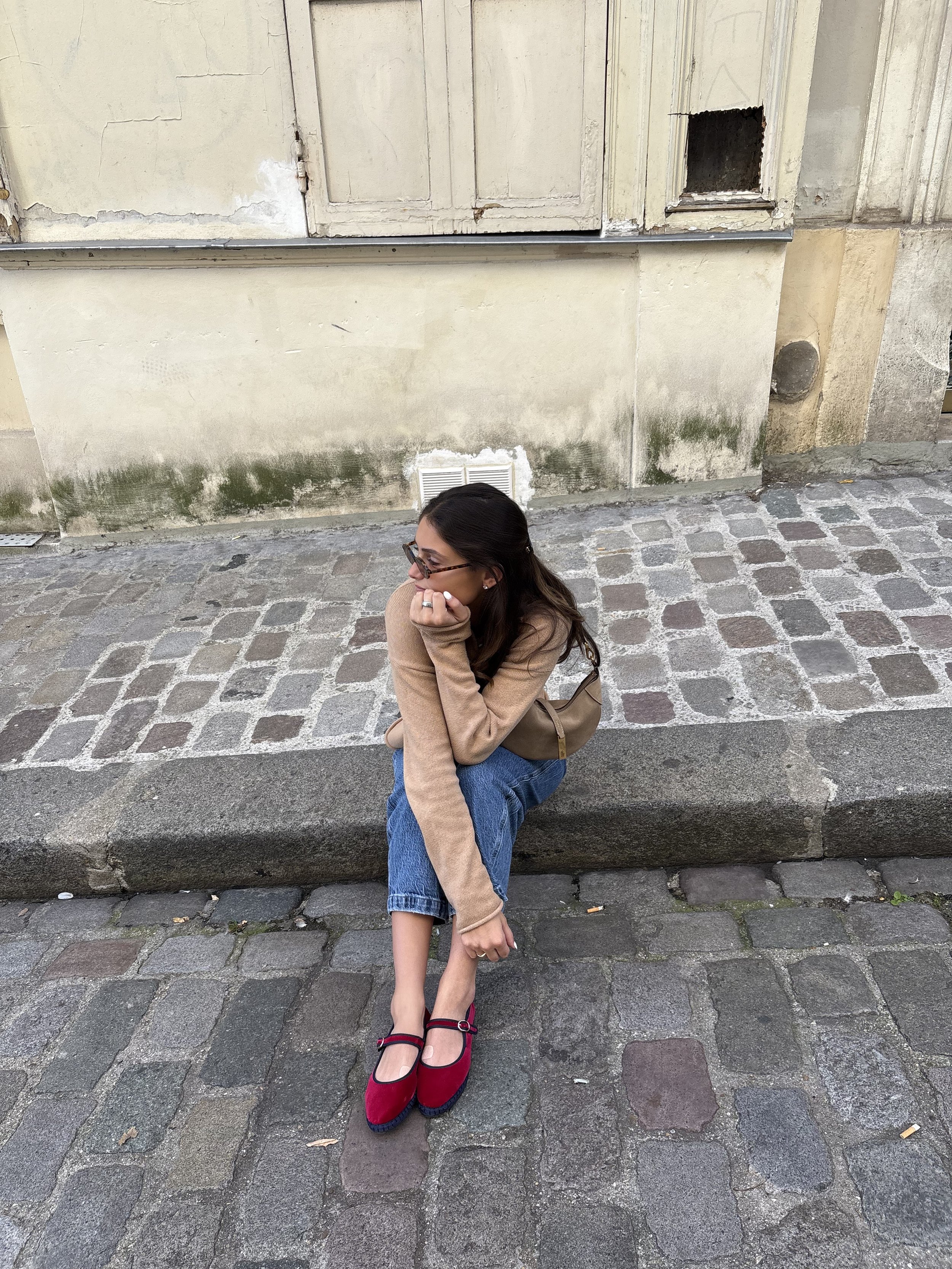Fashion is Work, Work is Fashion
In the afternoon of October 6, 2025, in Paris, we saw the Spring/Summer Miu Miu collection.
Miu Miu Spring/Summer 2026 was a show full of aprons; aprons were the focal point of the collection, from the opening look to the closer. It may seem confusing at face value, but it provides consumers of fashion, specifically consumers of Miu Miu, with a taste of the reality we all live in. Miuccia Prada – creative director and founder of the brand – expressed that “the apron contains the real difficult life of women in history, from factories to the home.”
Many of us equate aprons with homemakers, mothers, grandmothers, our caretakers, and women. Aprons are a universal symbol of work, and perhaps, Miuccia Prada was attempting to give this work a face, to make it a worker. This sentiment can be applied within our industry; fashion is full of unrecognized faces who create all our garments.
Even in the luxury sphere, there are hundreds of workers in an atelier working tirelessly to create couture pieces who will never have a face. The work will always just be work that was done at some point before it got to us; we will almost never recognize that it was a “worker” behind it all.
This unseen labor is increasingly important in our industry when we think about the effects of fast fashion. Who is making the shirt that people buy for $5 online? Should that person be acknowledged? Or should it all continue to fall into the background? Potentially, these were the questions that Miuccia was asking herself as she crafted this collection: to publicize the hidden and to expose the private.
But why did she use aprons to do this?
I believe she did this because women make up almost the entire sphere of fashion, at least behind the scenes. Recently, there have been more and more male creative directors at the forefront of fashion houses, but, behind them is usually a team dominated by women, the person they design for is usually a woman, and the reason behind their creation is a woman. So, by creating a collection centered around not only a symbol of work, labor, and strife but also a symbol of femininity, care, and domesticity, Prada publicizes the private parts of fashion production while continuing her trend of celebrating women in her work.
Vogue coined the term “intellectual-in-chief” in reference to Miuccia Prada and this collection, and it is clear why. Her collections will never be simply just clothes, shoes, and accessories; there is always a deeper meaning waiting to be revealed. It is almost a game to see if her intentions and impact are synonymous. Prada has prided herself in her work and activism throughout her career at both Prada and Miu Miu, and as a consumer of Miu Miu – albeit second-hand – I am increasingly drawn deeper into the universe of Miuccia Prada because of this.
After the collection debuted, I purchased a ruffled apron from a thrift store in Auburn. An attempt to place myself in the fantasy of Miu Miu SS26 and an acknowledgement of the work, care, and femininity that surrounds the industry I love so much.




